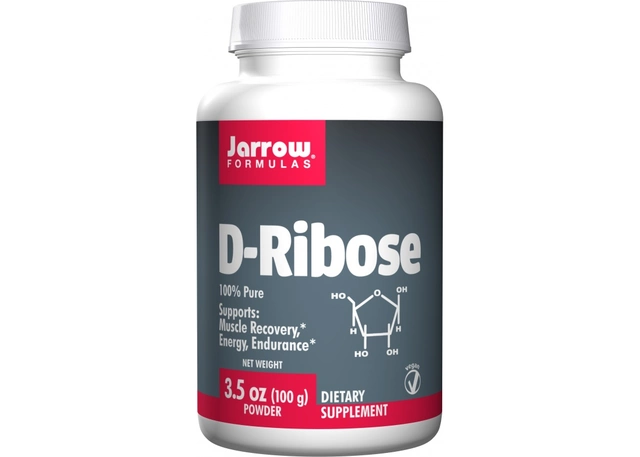Antibiotic Therapy
When working with Antibiotic Therapy, the medical use of antibiotics to treat bacterial infections. Also known as antibiotic treatment, it is a core part of modern medicine. Choosing the right antibiotics, drugs that kill or stop bacterial growth matters because antibiotic resistance, the ability of bacteria to survive drug exposure can turn a simple cure into a serious problem. Even common conditions like bladder infection, a urinary tract infection caused by bacteria rely on proper therapy to avoid complications. In short, antibiotic therapy encompasses treatment of bacterial infections, requires careful drug selection, and is shaped by resistance patterns.
Effective antibiotic therapy starts with a clear diagnosis. Doctors look at the infection site, the likely bacteria, and patient factors such as age, kidney function, and allergies. This information guides the choice of drug class—whether a penicillin, a cephalosporin, or a tetracycline—and the dosage schedule. For example, a skin infection might be treated with a topical or oral drug, while a severe pneumonia may need IV therapy. The goal is to hit the bacteria hard enough to clear them, but not so hard that side effects become dangerous. This balance is why physicians often refer to treatment guidelines that match specific infections with the most effective agents.
Key Considerations for Effective Antibiotic Therapy
One of the biggest challenges today is antibiotic resistance. When bacteria develop mechanisms to avoid drug action, the same dose no longer works, and doctors must switch to stronger, often more expensive medicines. Resistance can spread between patients, making community outbreaks harder to control. That's why stewardship programs push for the shortest effective course, the right drug, and avoiding unnecessary prescriptions. By reducing exposure, we keep the arsenal of antibiotics useful for future infections.
Urinary tract infections, especially bladder infections, illustrate how resistance changes practice. Historically, drugs like trimethoprim‑sulfamethoxazole were first‑line, but rising resistance has shifted recommendations toward nitrofurantoin or fosfomycin for uncomplicated cases. For complicated infections, doctors may turn to fluoroquinolones, but only after confirming susceptibility because overuse of these drugs can foster multi‑drug‑resistant strains. Understanding local resistance patterns helps clinicians pick an agent that will work the first time.
Comparing specific antibiotics reveals why drug choice matters. Terramycin, a brand of tetracycline used for acne and respiratory infections is older and can cause stomach upset, while newer tetracyclines like doxycycline often have fewer side effects and better dosing schedules. Vantin, a cephalosporin (cefpodoxime) effective against many gram‑negative bacteria may be preferred for sinusitis or bronchitis. Knowing the spectrum of activity—what bacteria each drug hits—helps avoid unnecessary broad‑spectrum use that fuels resistance.
Safety is another piece of the puzzle. Each antibiotic class carries its own risk profile. Tetracyclines can affect teeth in children, fluoroquinolones may cause tendon issues, and macrolides can interact with heart medications. Patients should be counseled about common side effects like diarrhea, rash, or nausea, and warned to seek care if they notice severe reactions. Monitoring kidney and liver function is crucial for drugs that are cleared through these organs, especially in older adults.
For anyone taking antibiotics, the most practical advice is simple: finish the prescribed course, even if you feel better, and never share medication with others. Skipping doses or stopping early gives bacteria a chance to survive and become resistant. If you experience side effects, talk to your doctor rather than stopping on your own. Keeping a medication list handy can also prevent accidental interactions with over‑the‑counter products.
All these factors—accurate diagnosis, drug selection, resistance awareness, safety monitoring, and patient adherence—form the backbone of successful antibiotic therapy. Below you'll find a curated set of articles that dive deeper into specific drugs, comparisons, and real‑world tips. Whether you’re curious about the latest on Terramycin, need guidance on treating a bladder infection, or want to understand how resistance shapes treatment decisions, the collection offers clear, actionable information to help you make informed choices.





